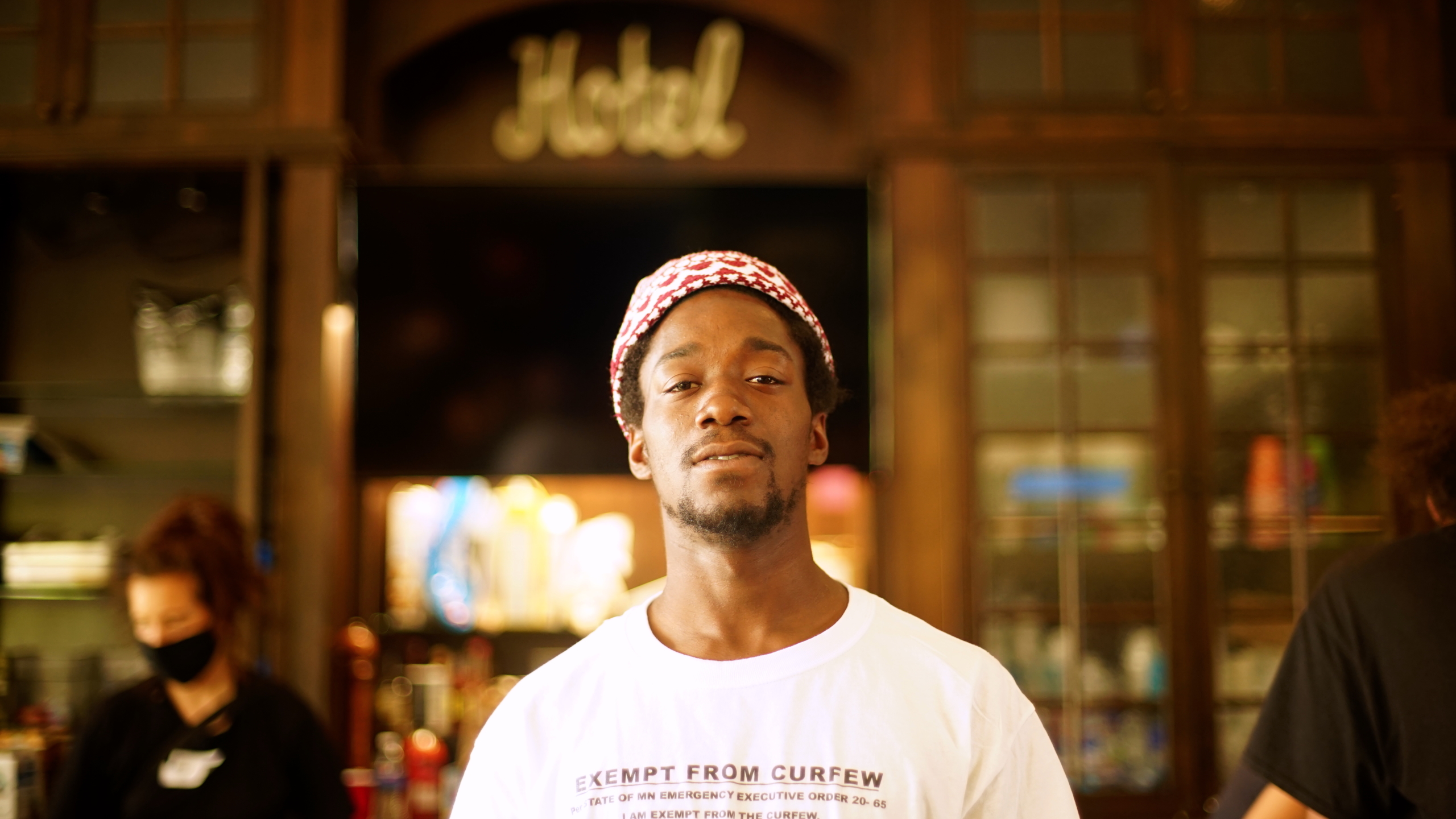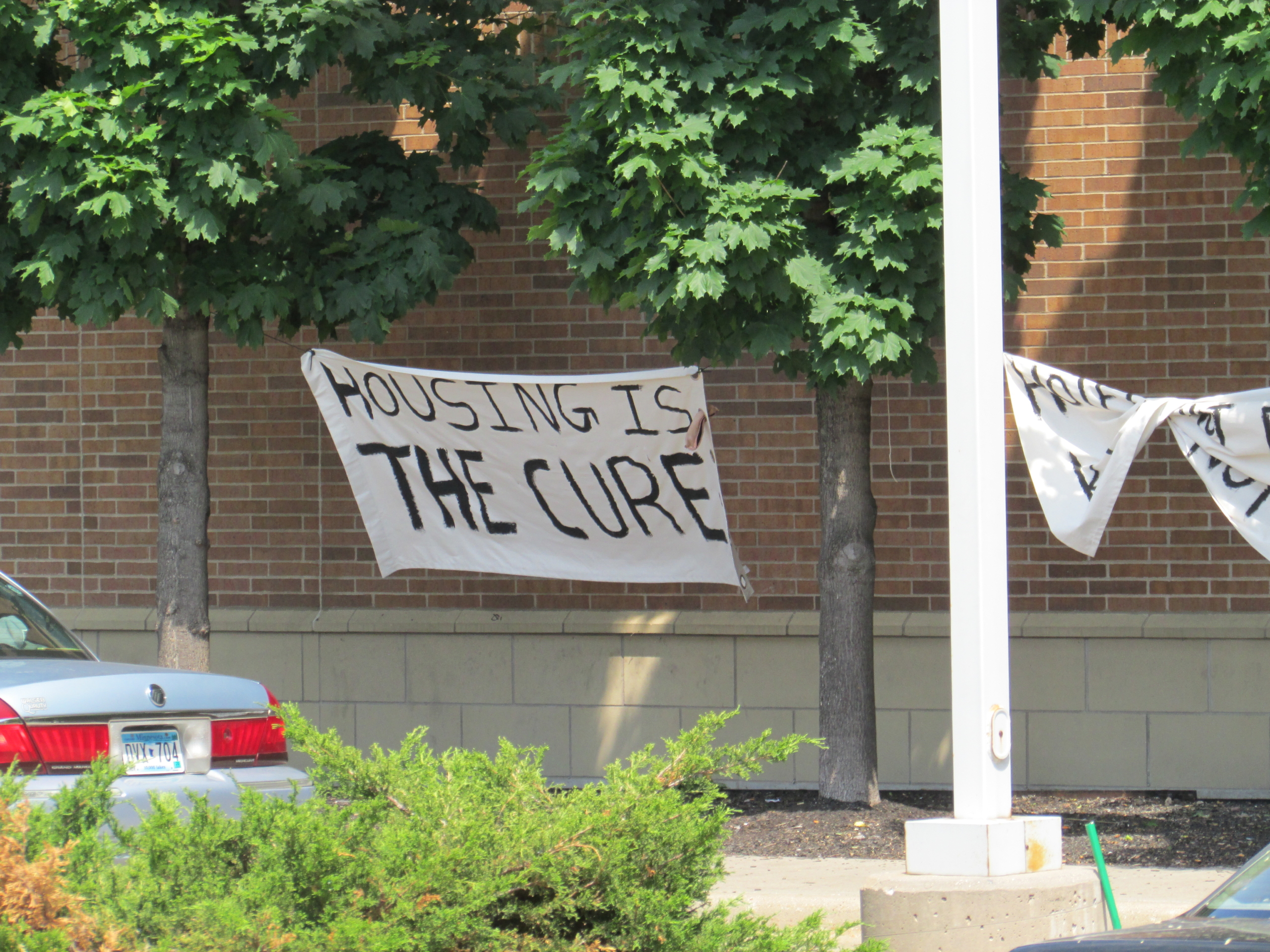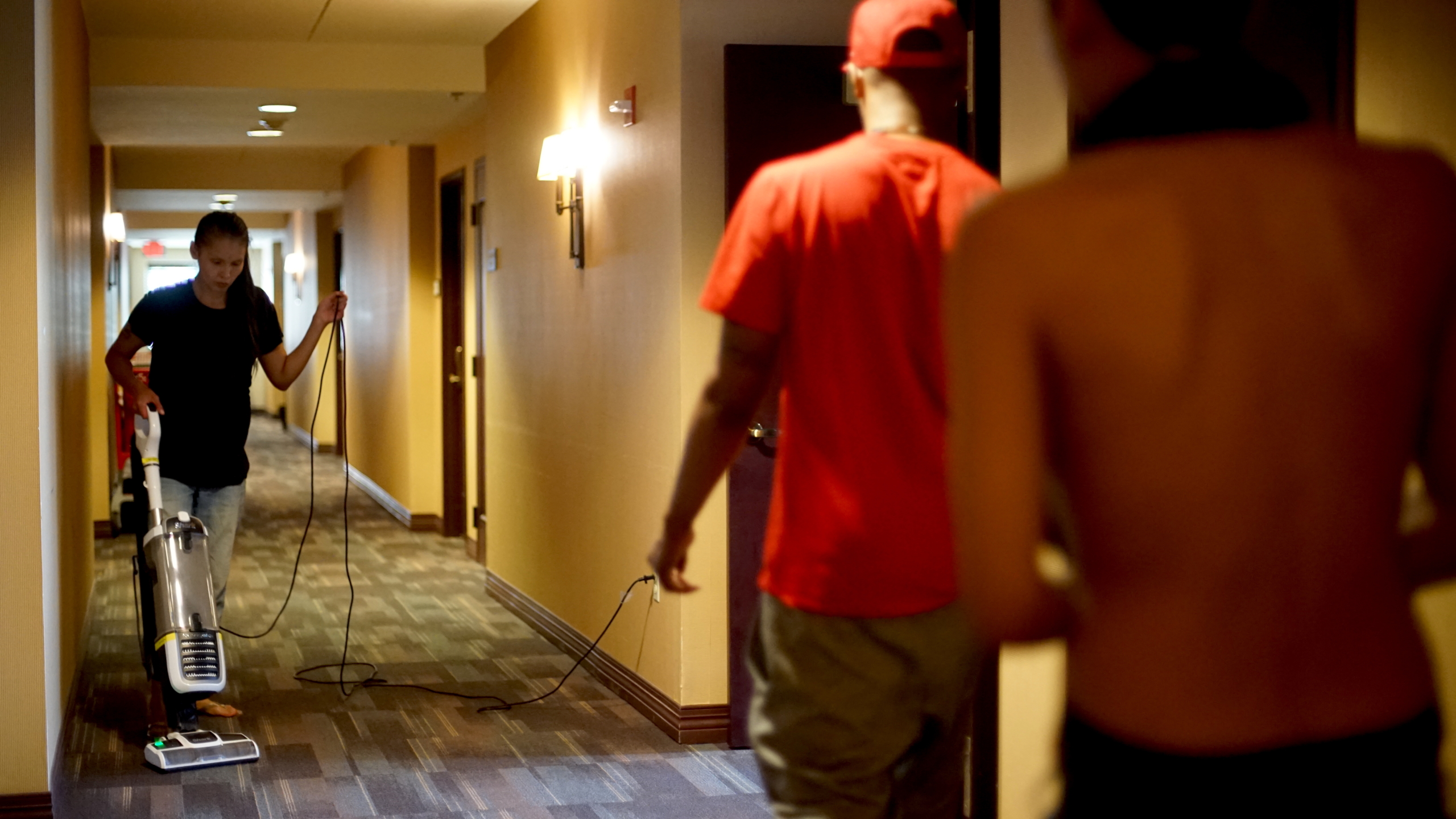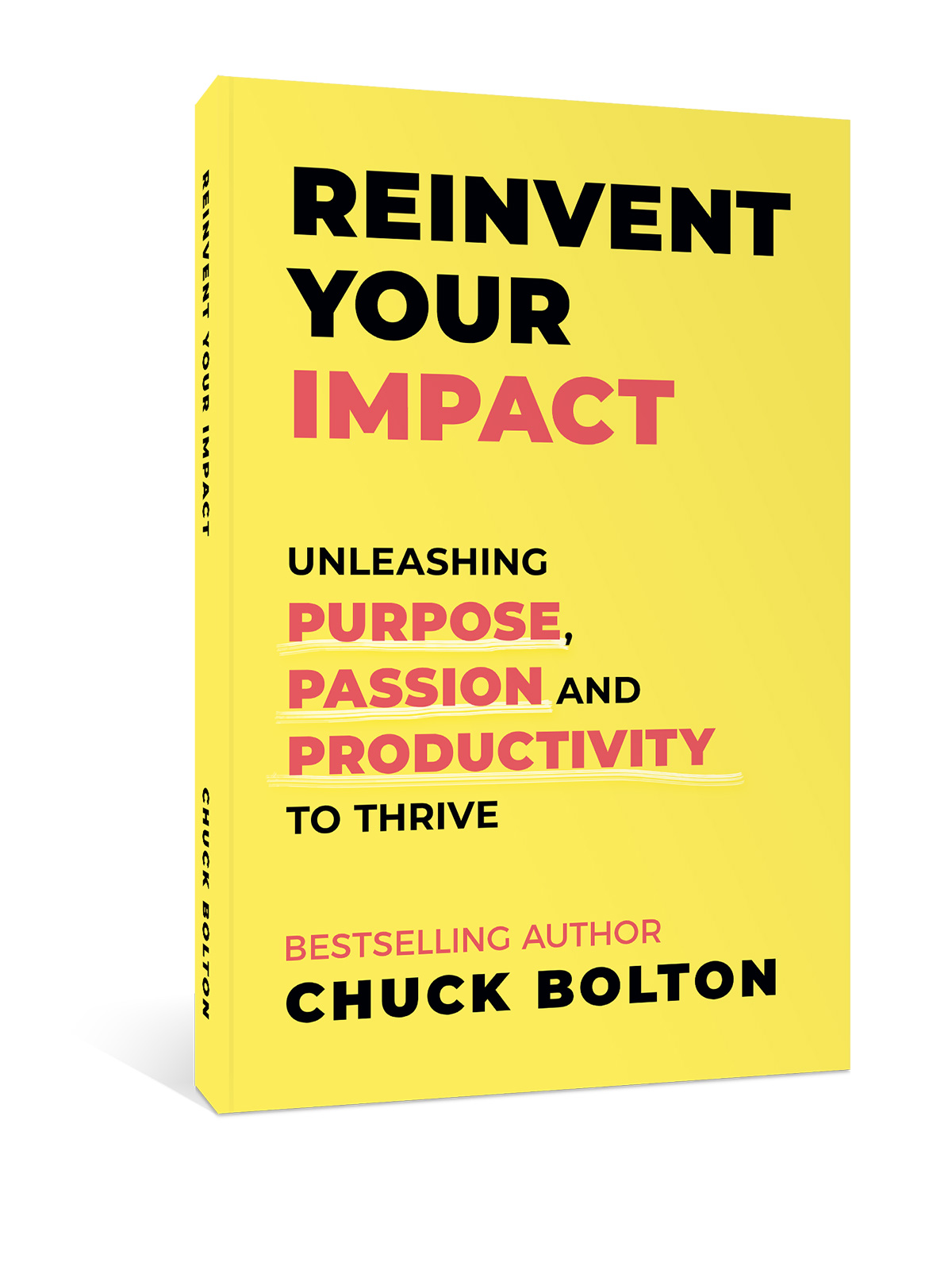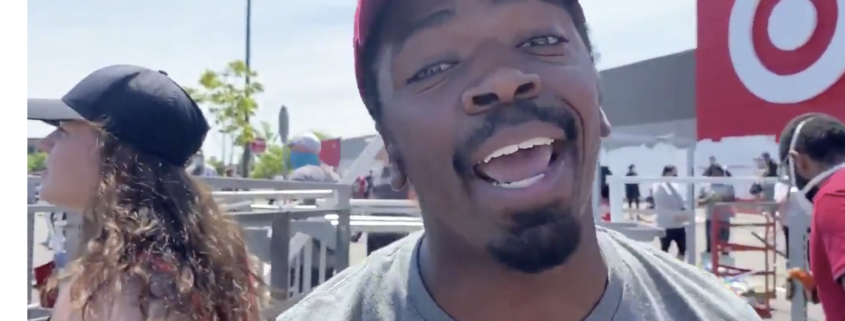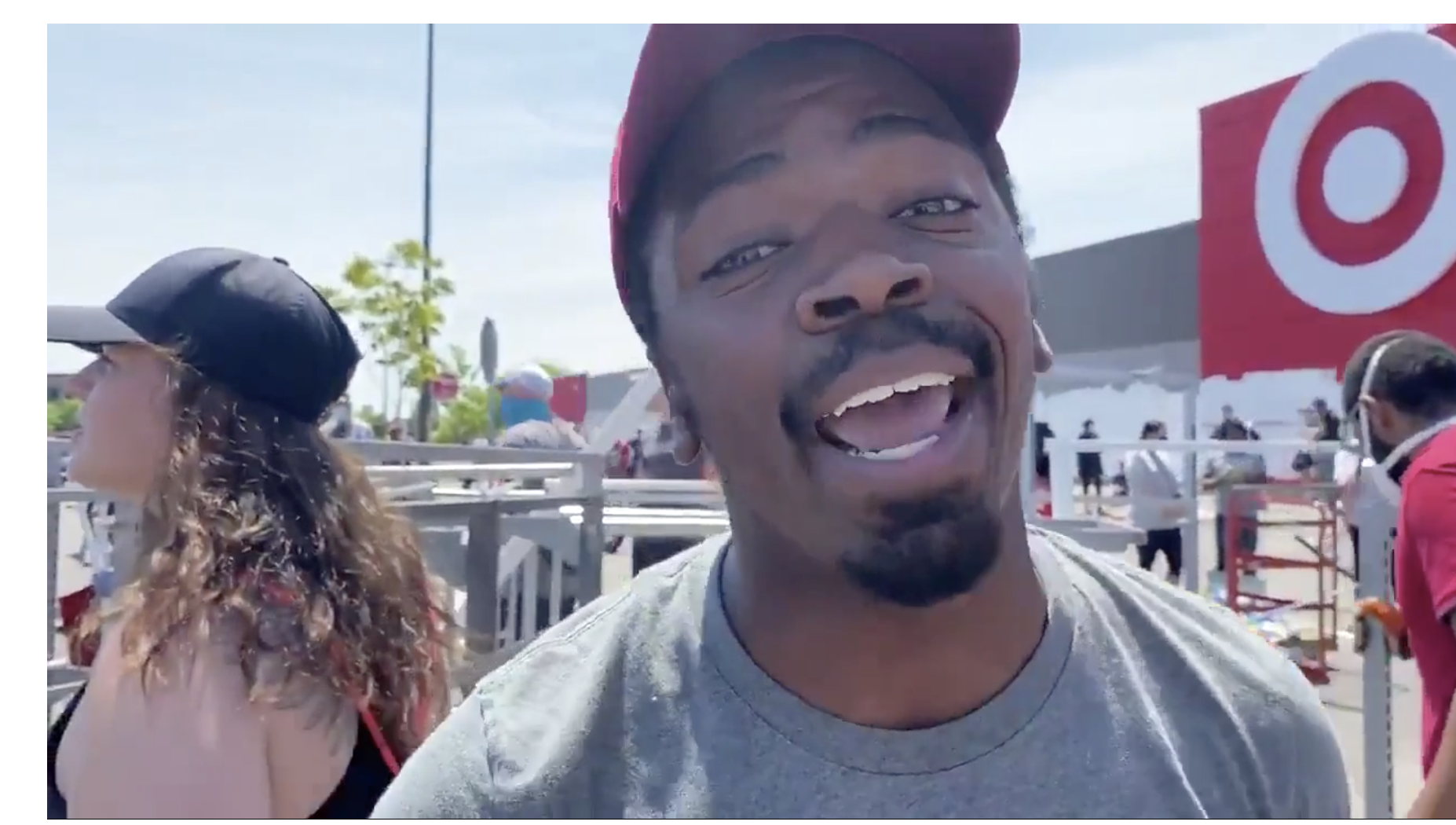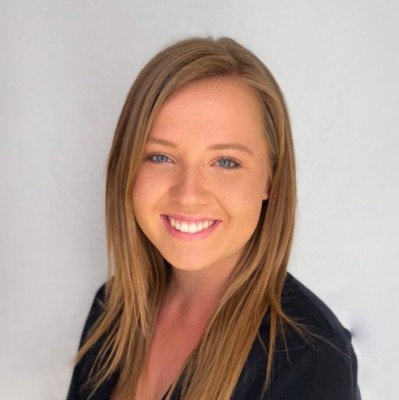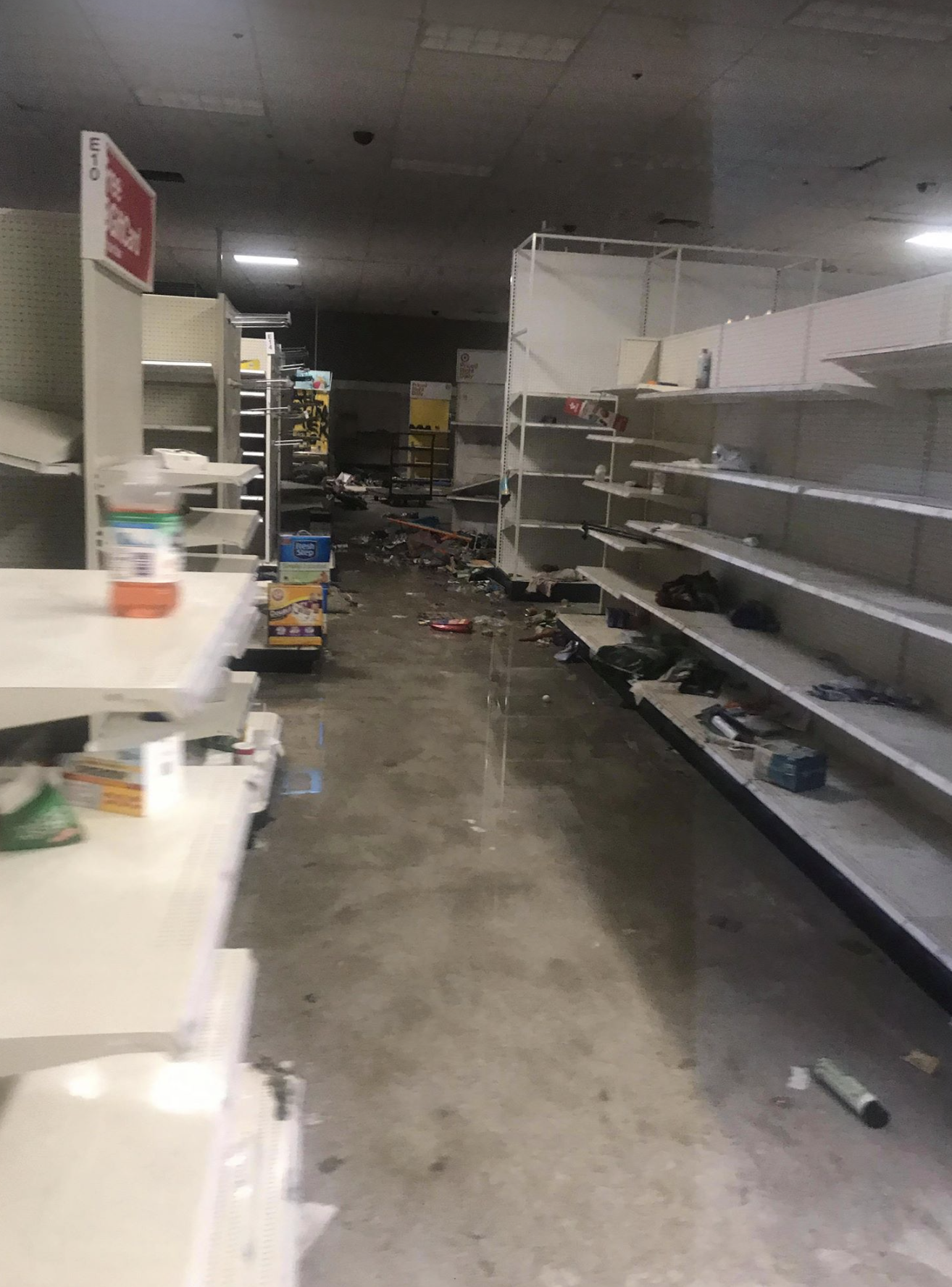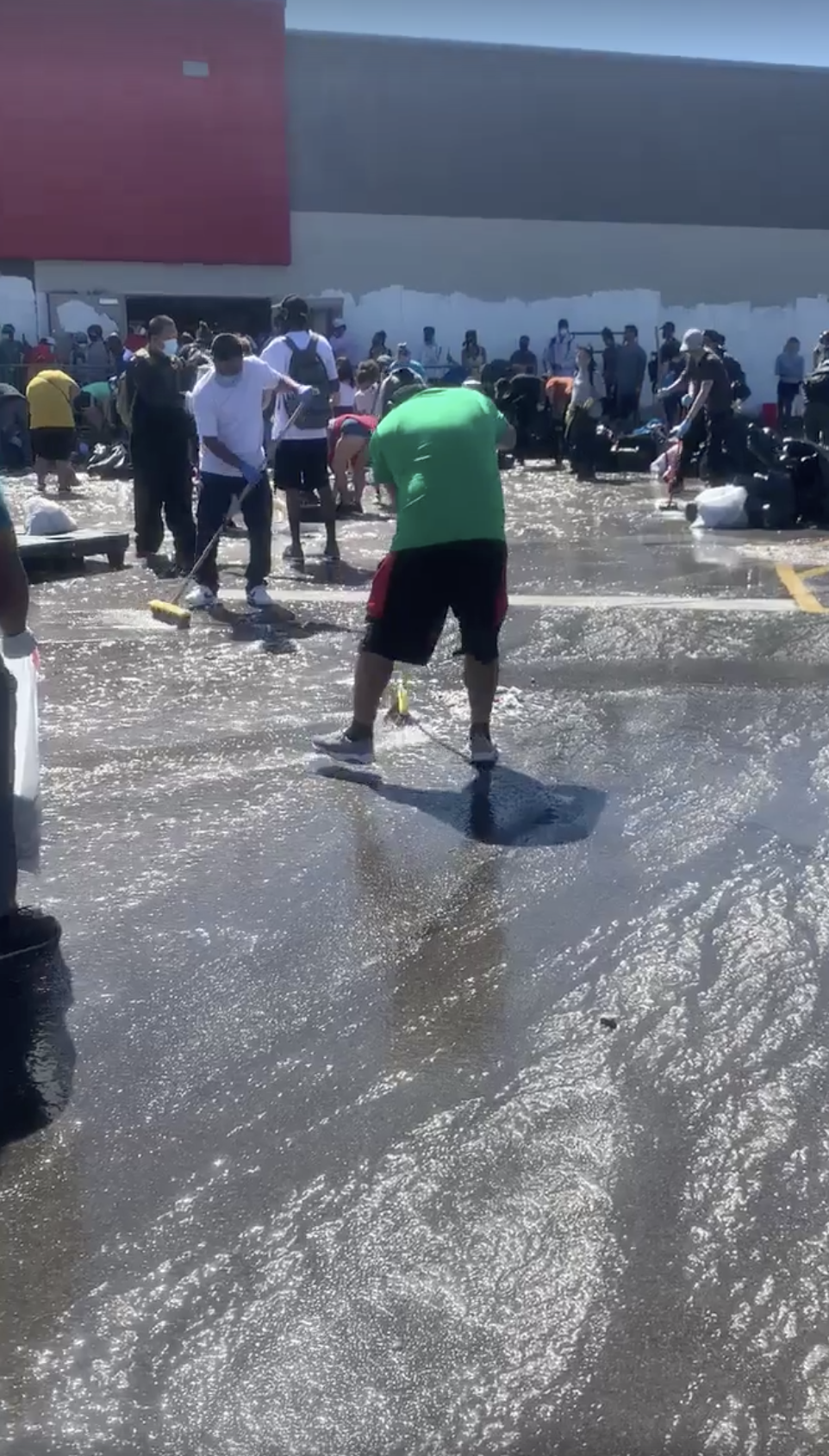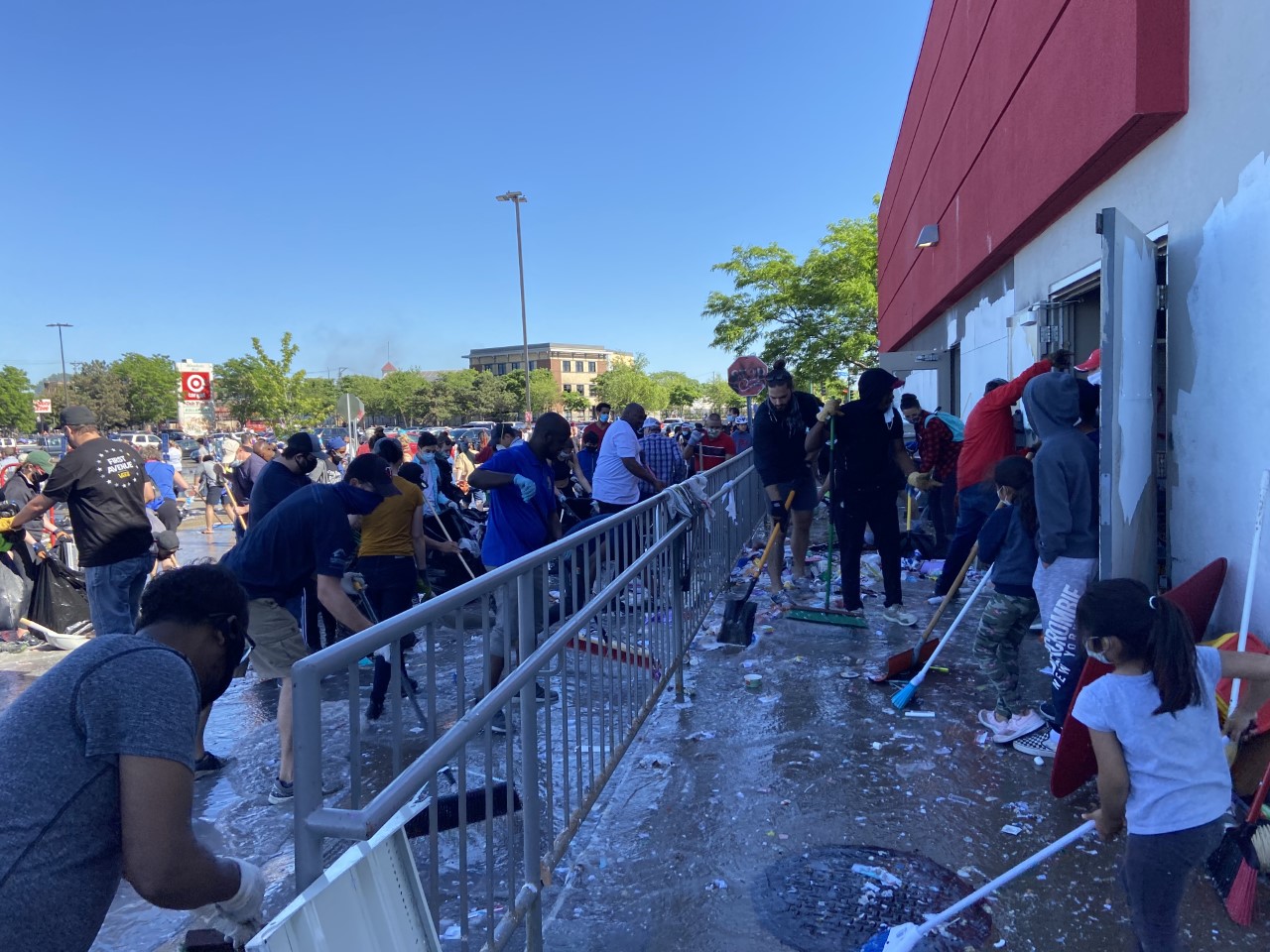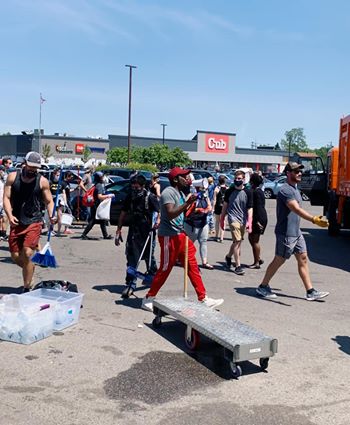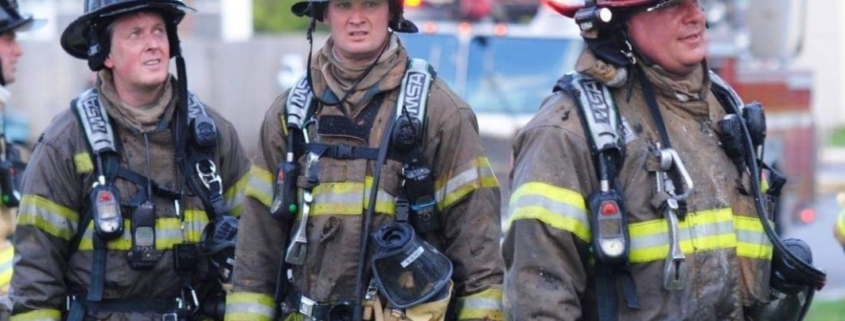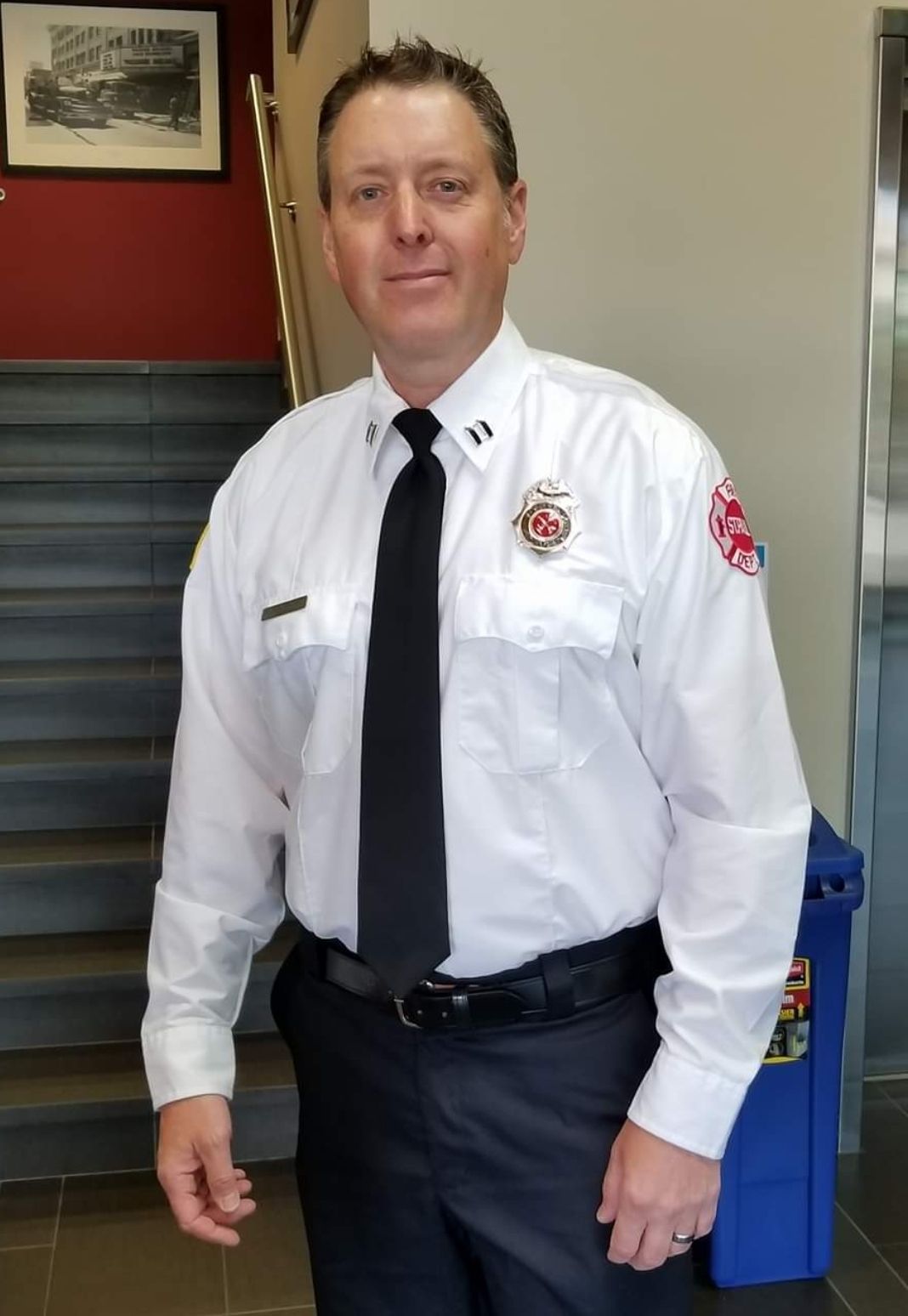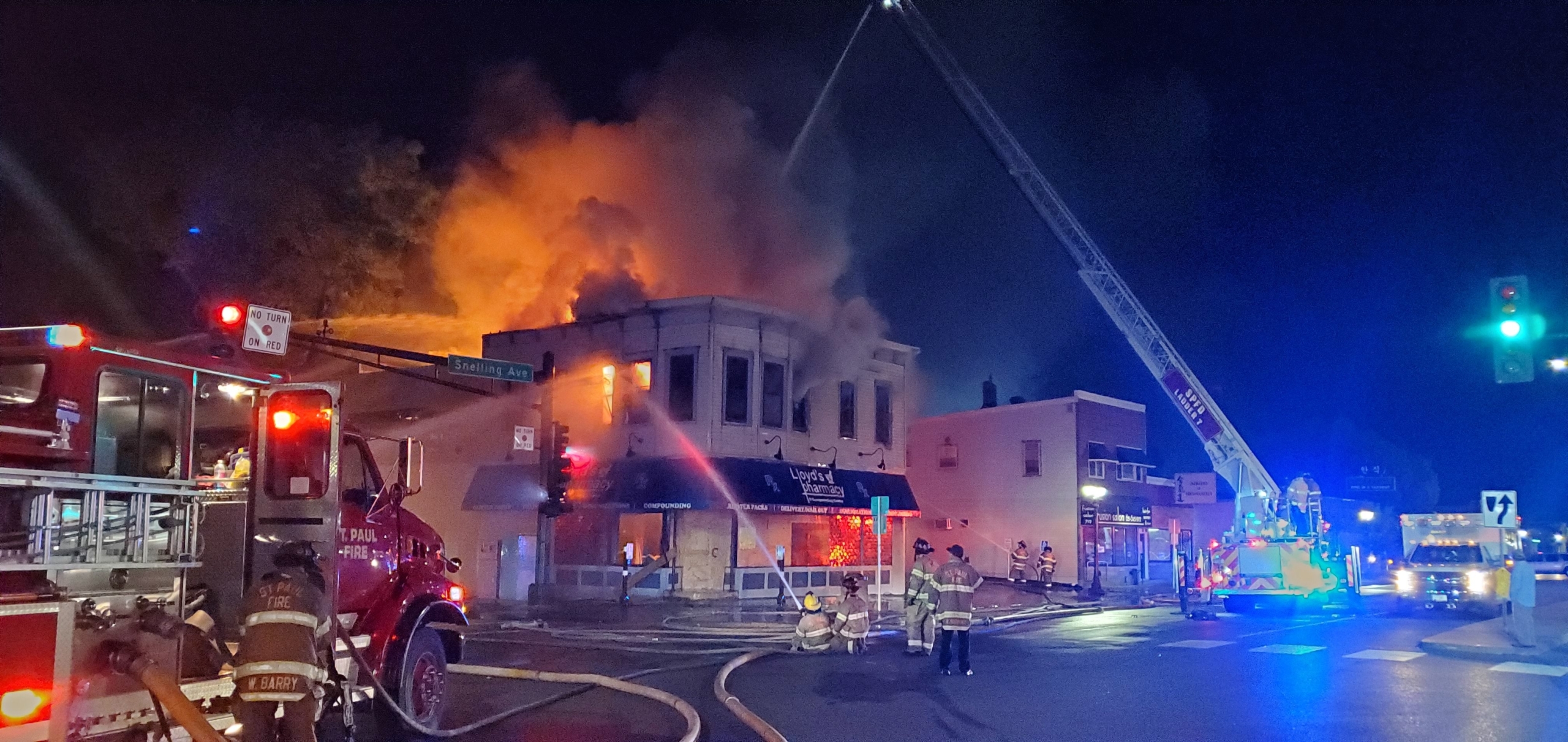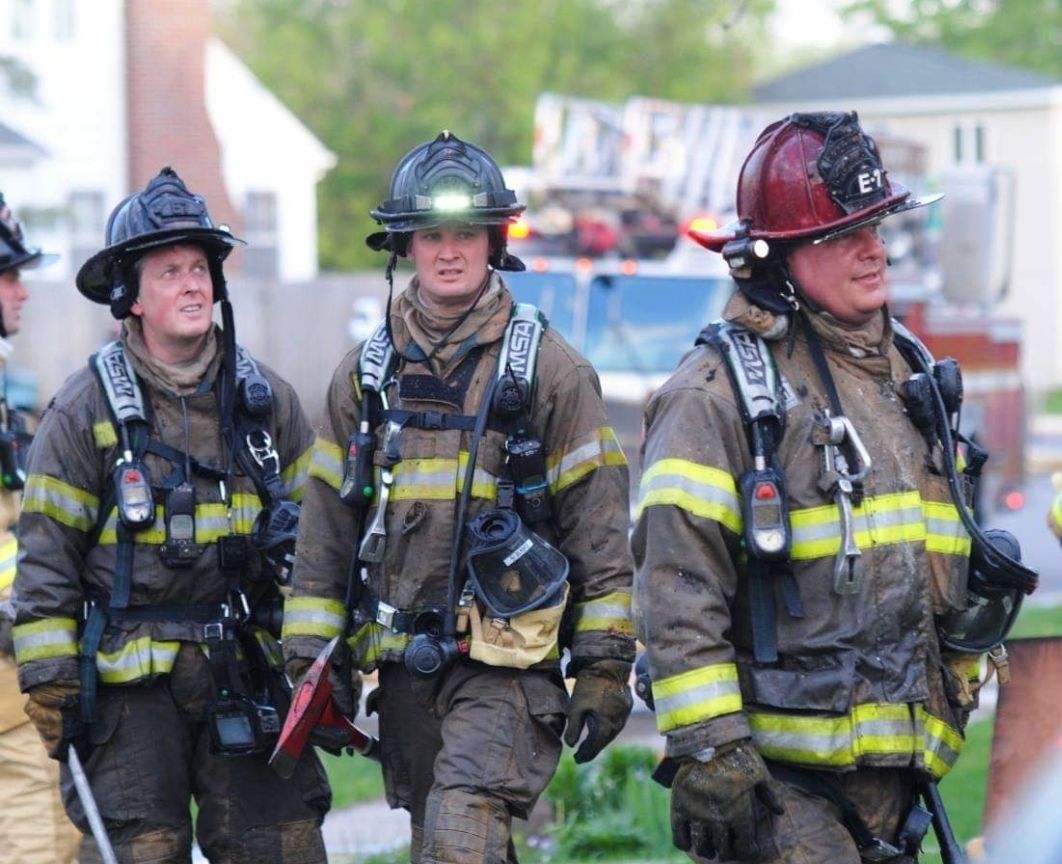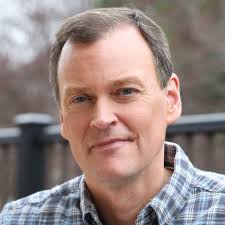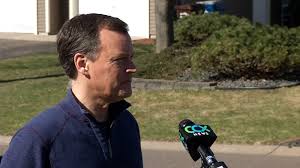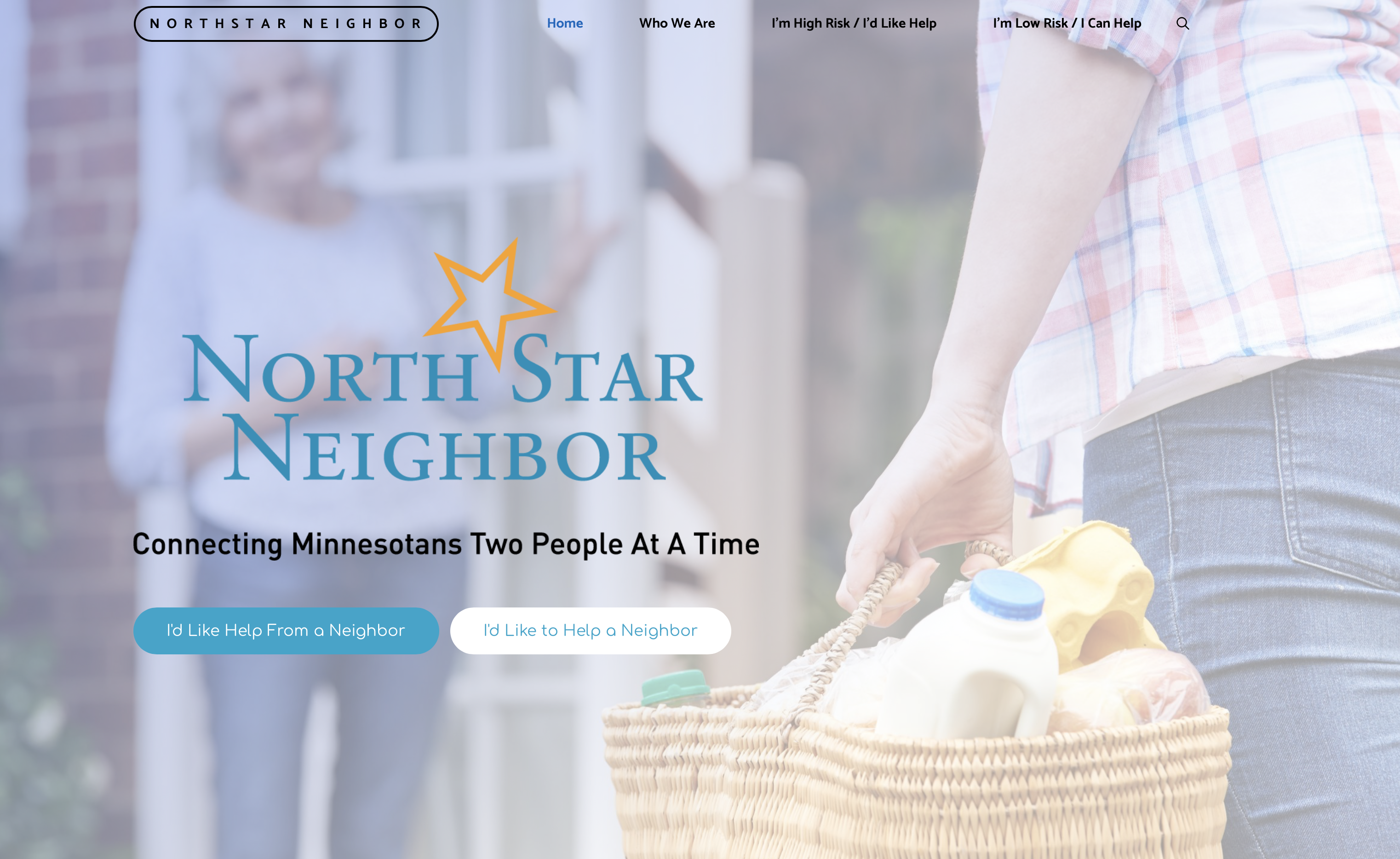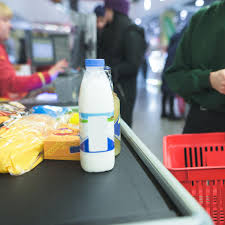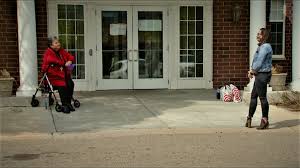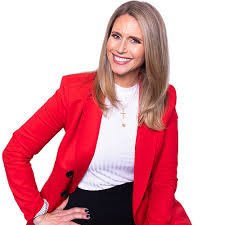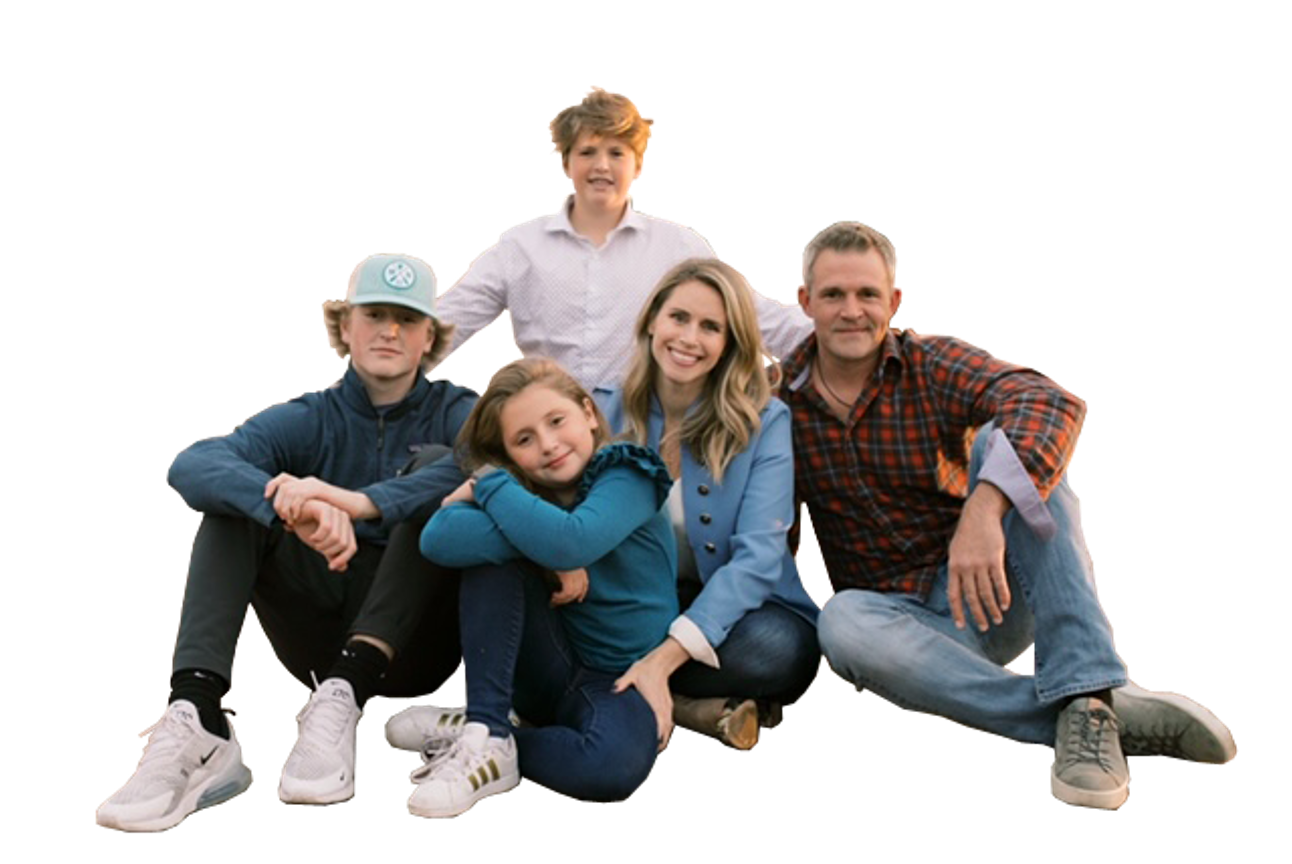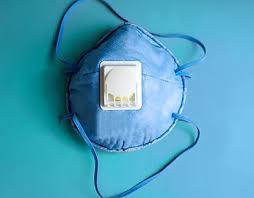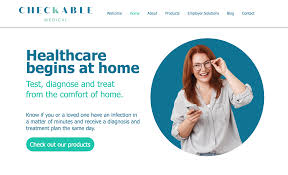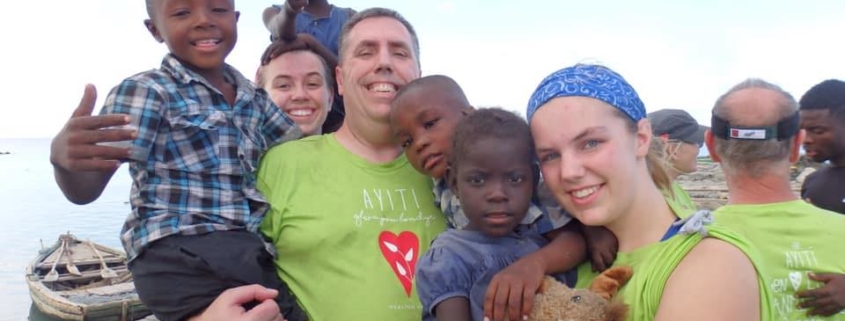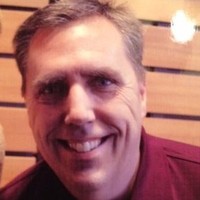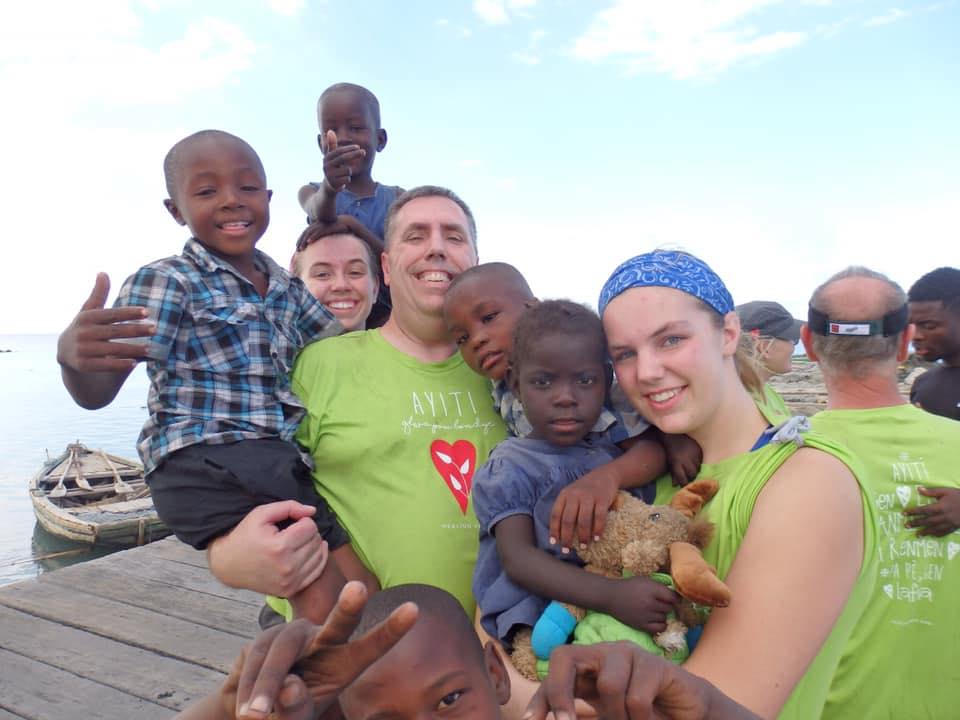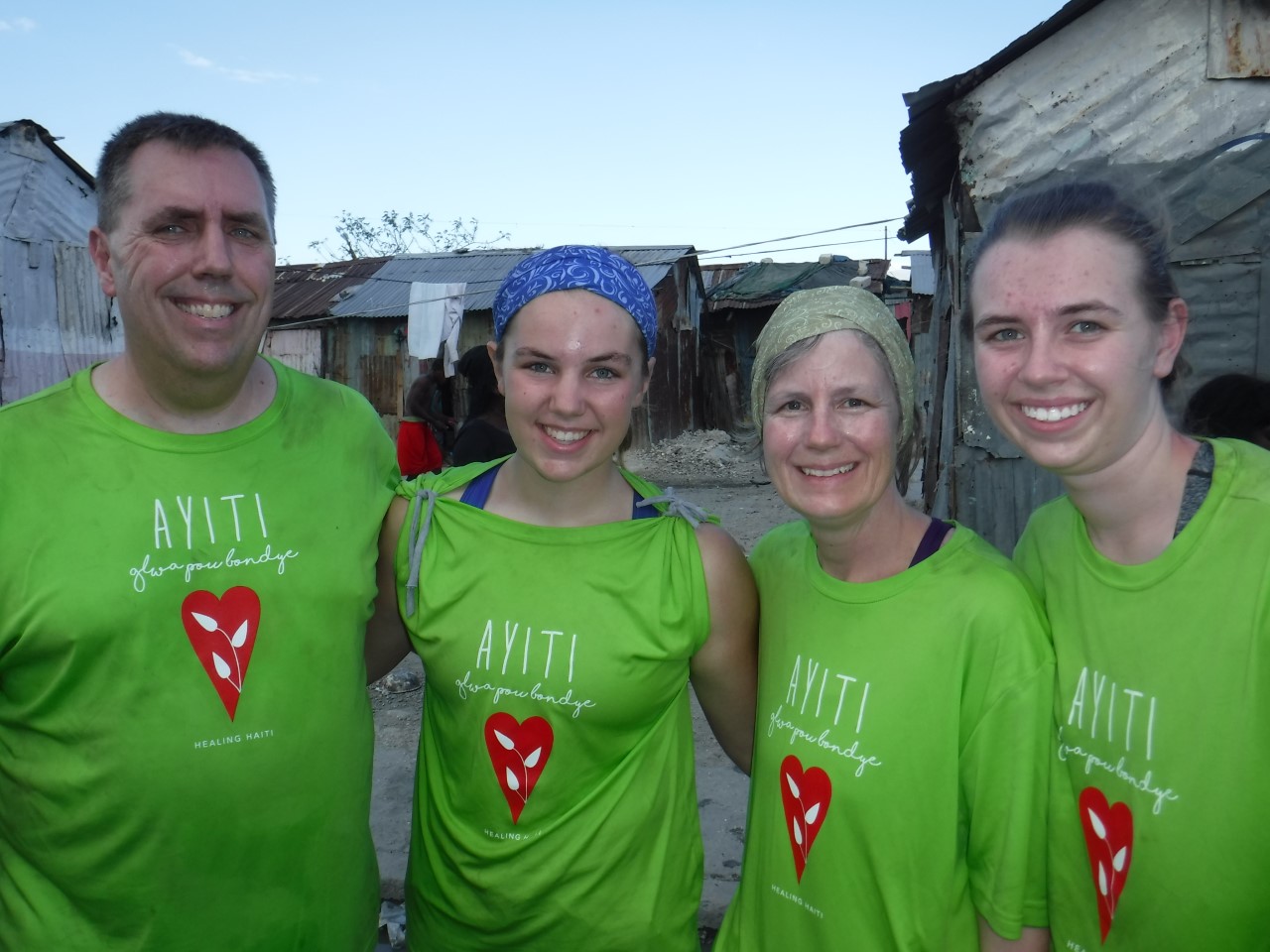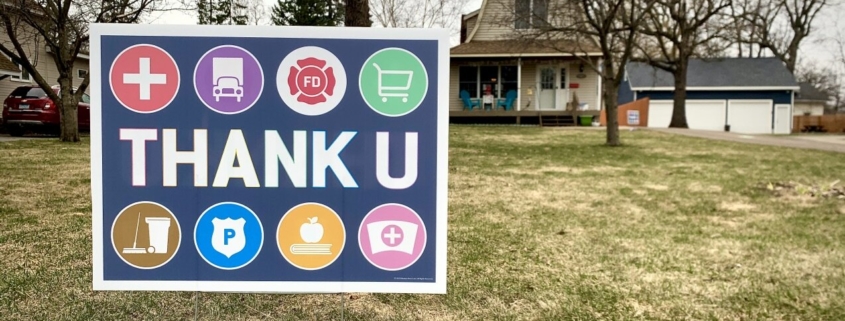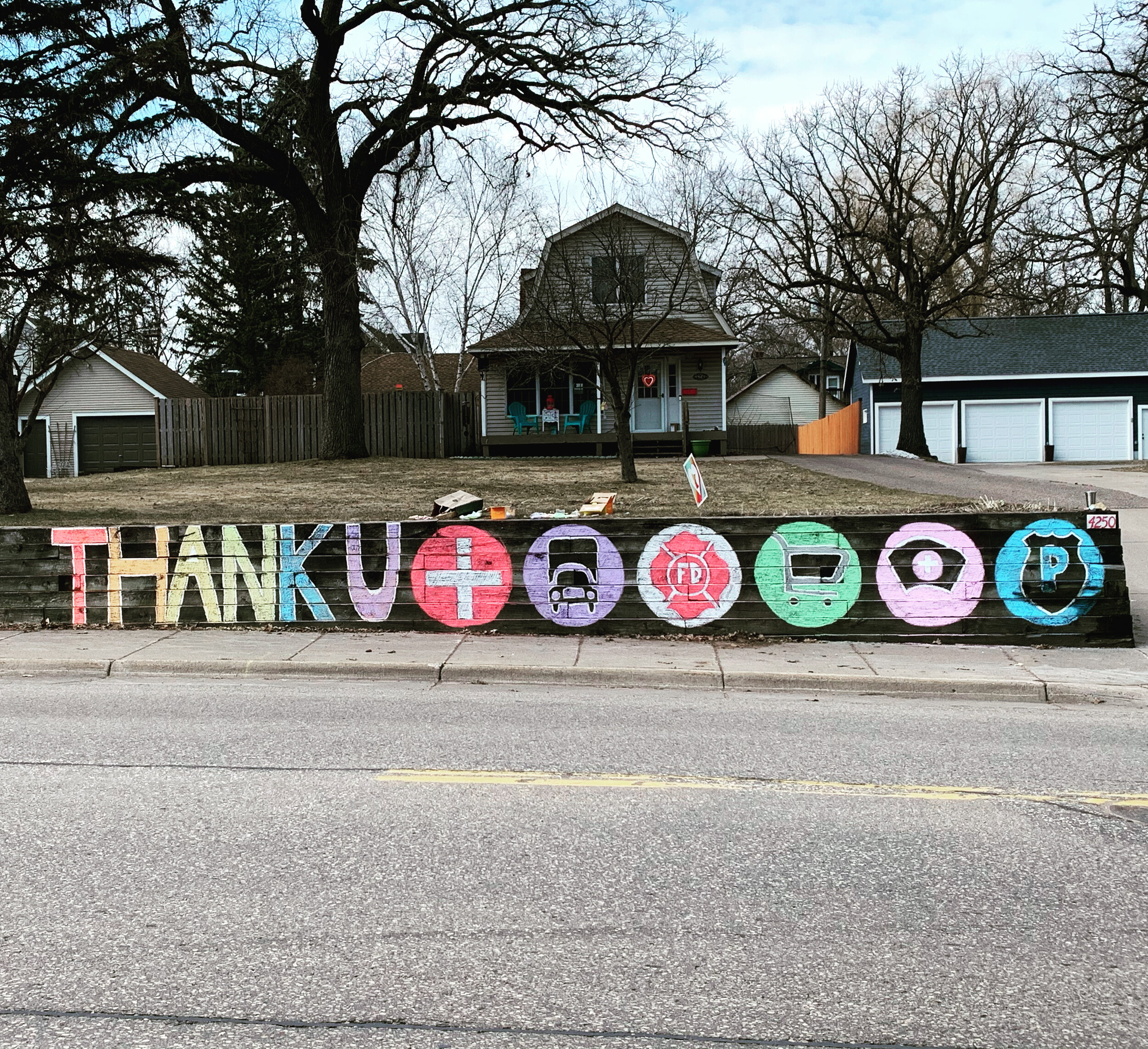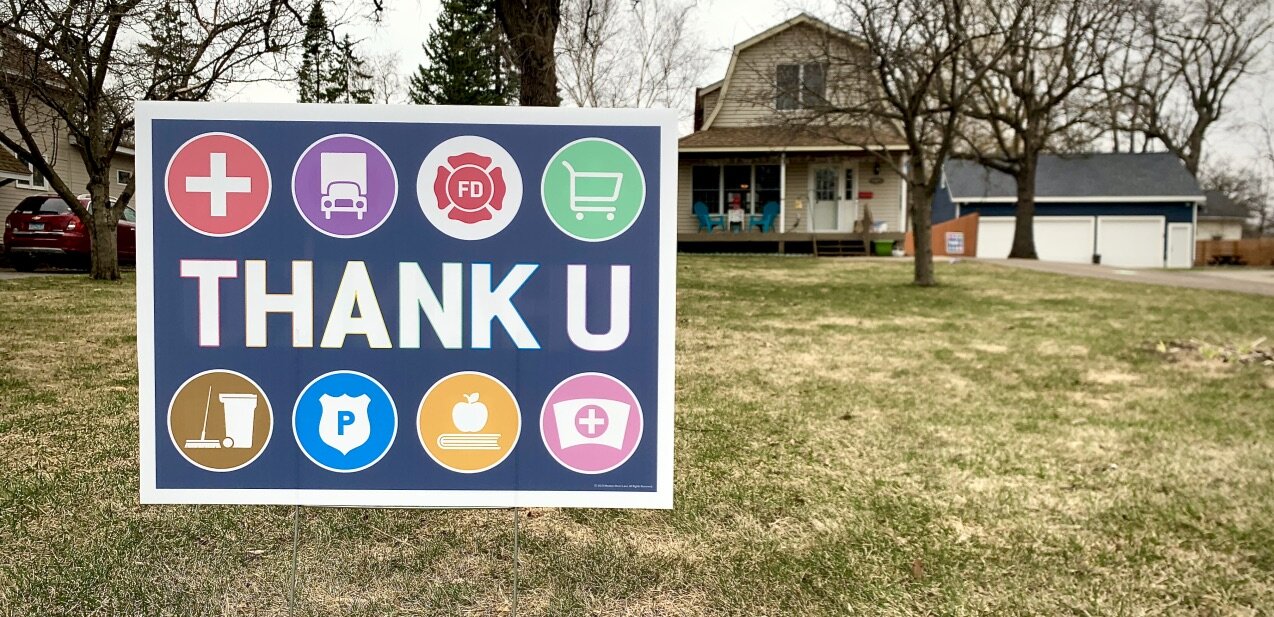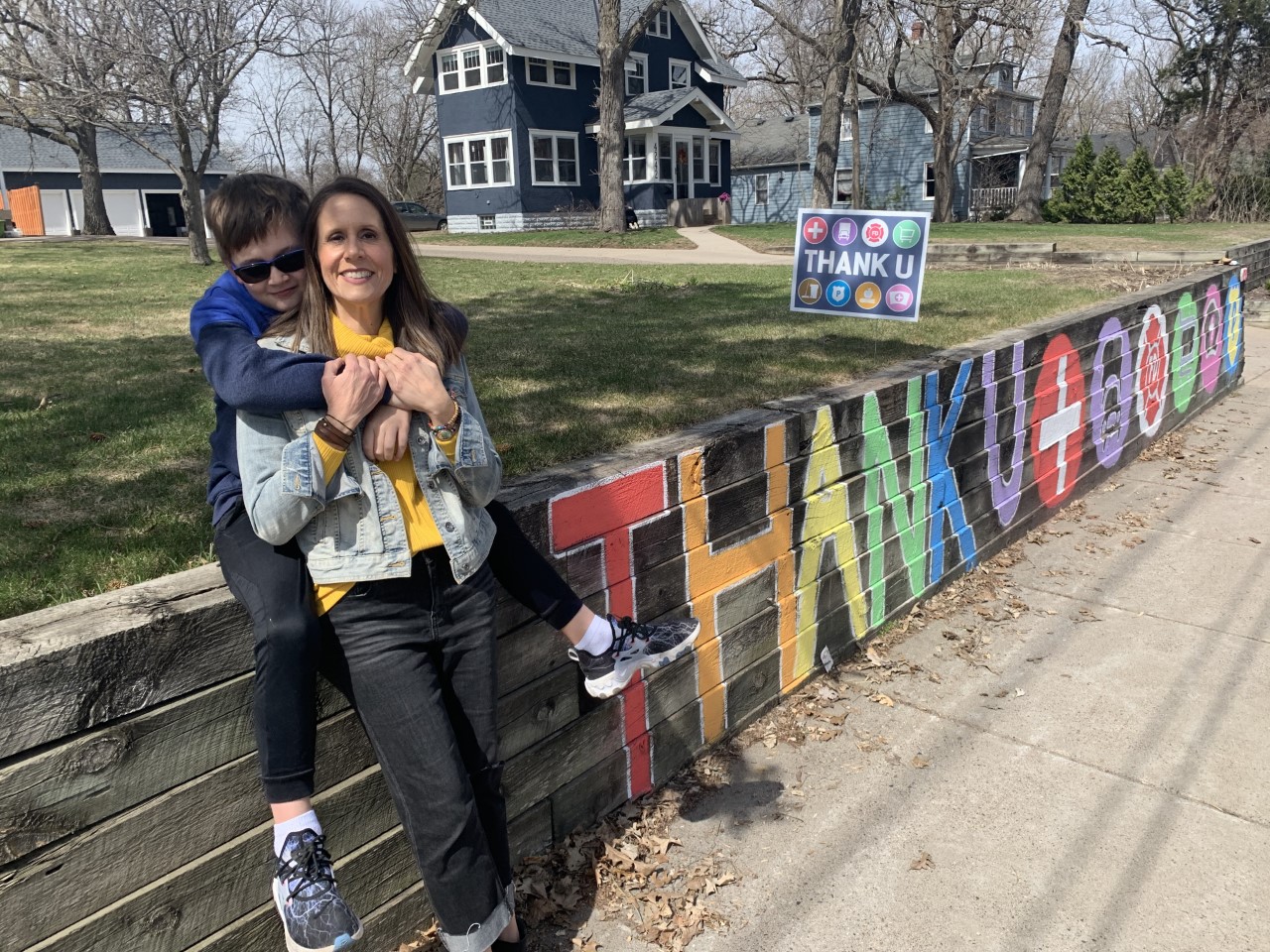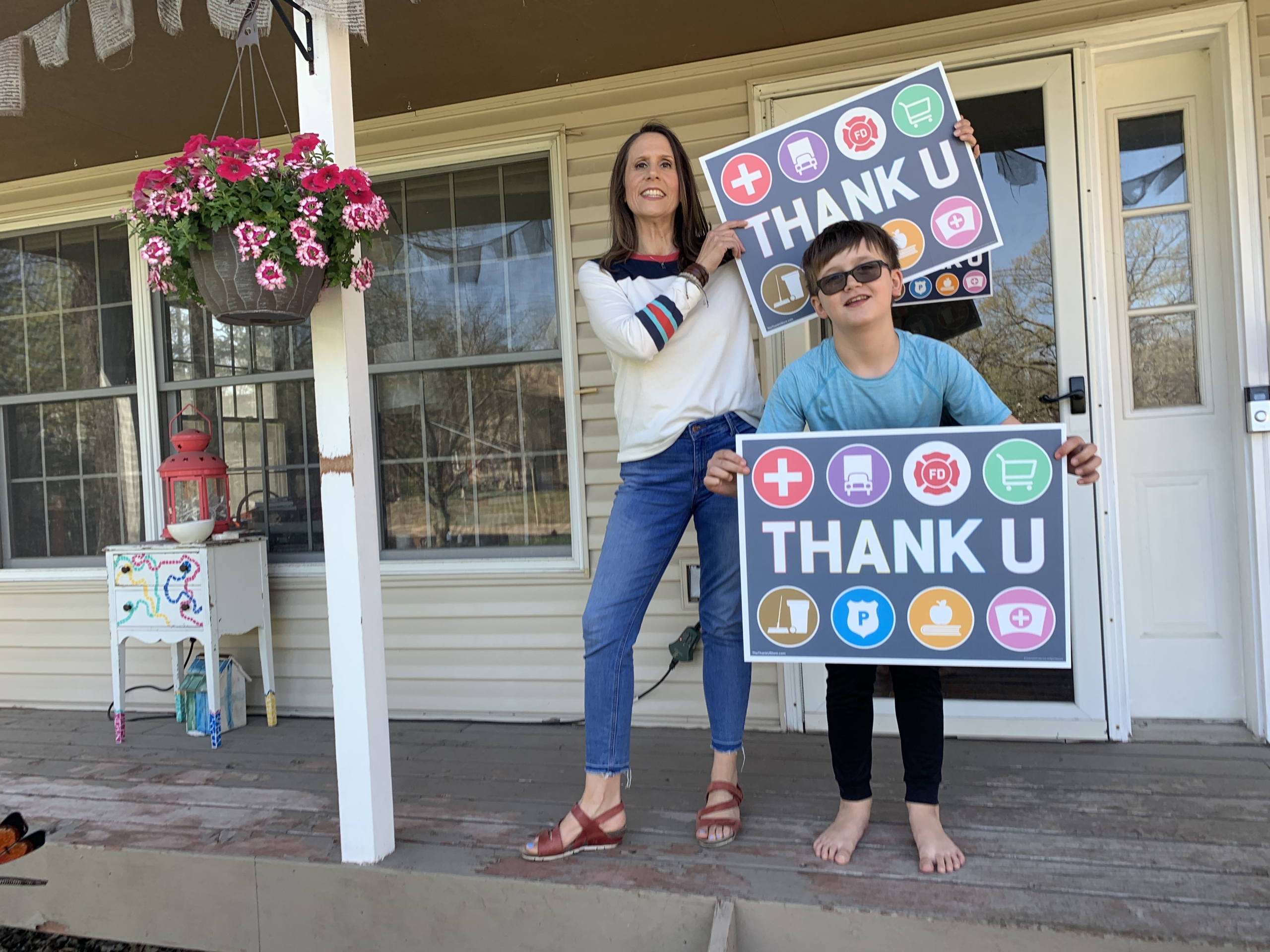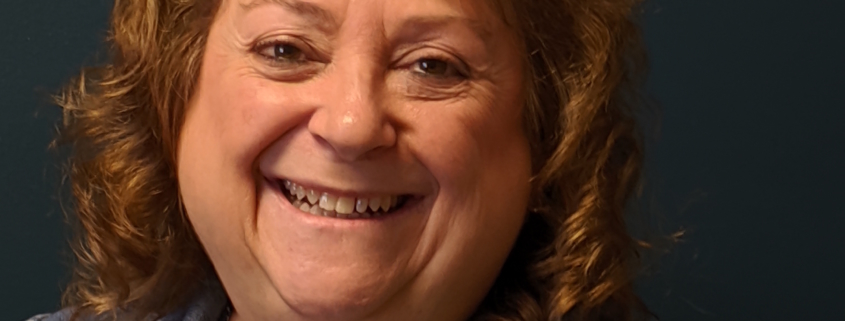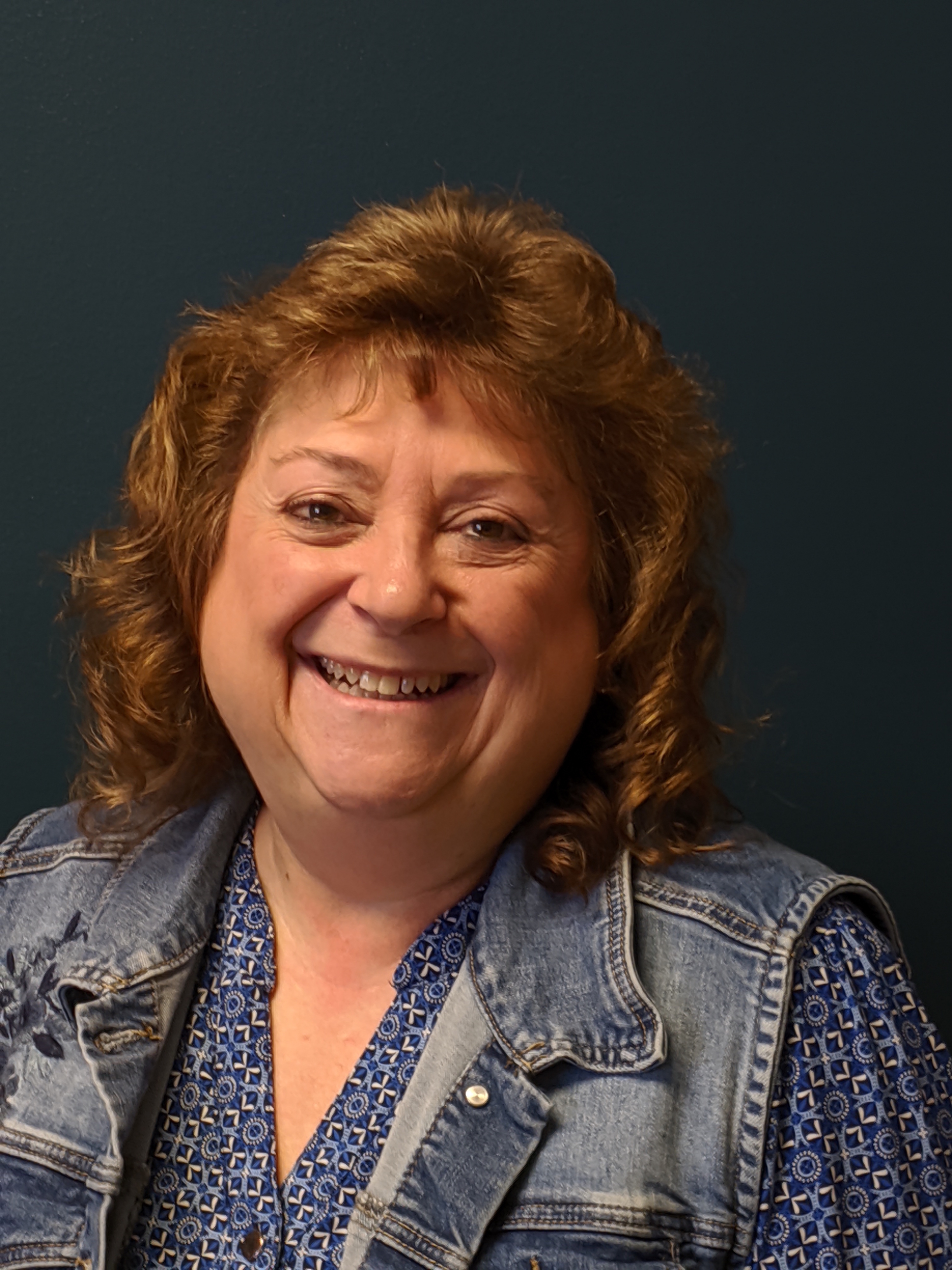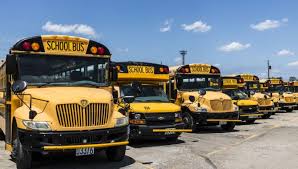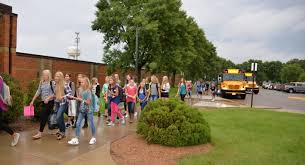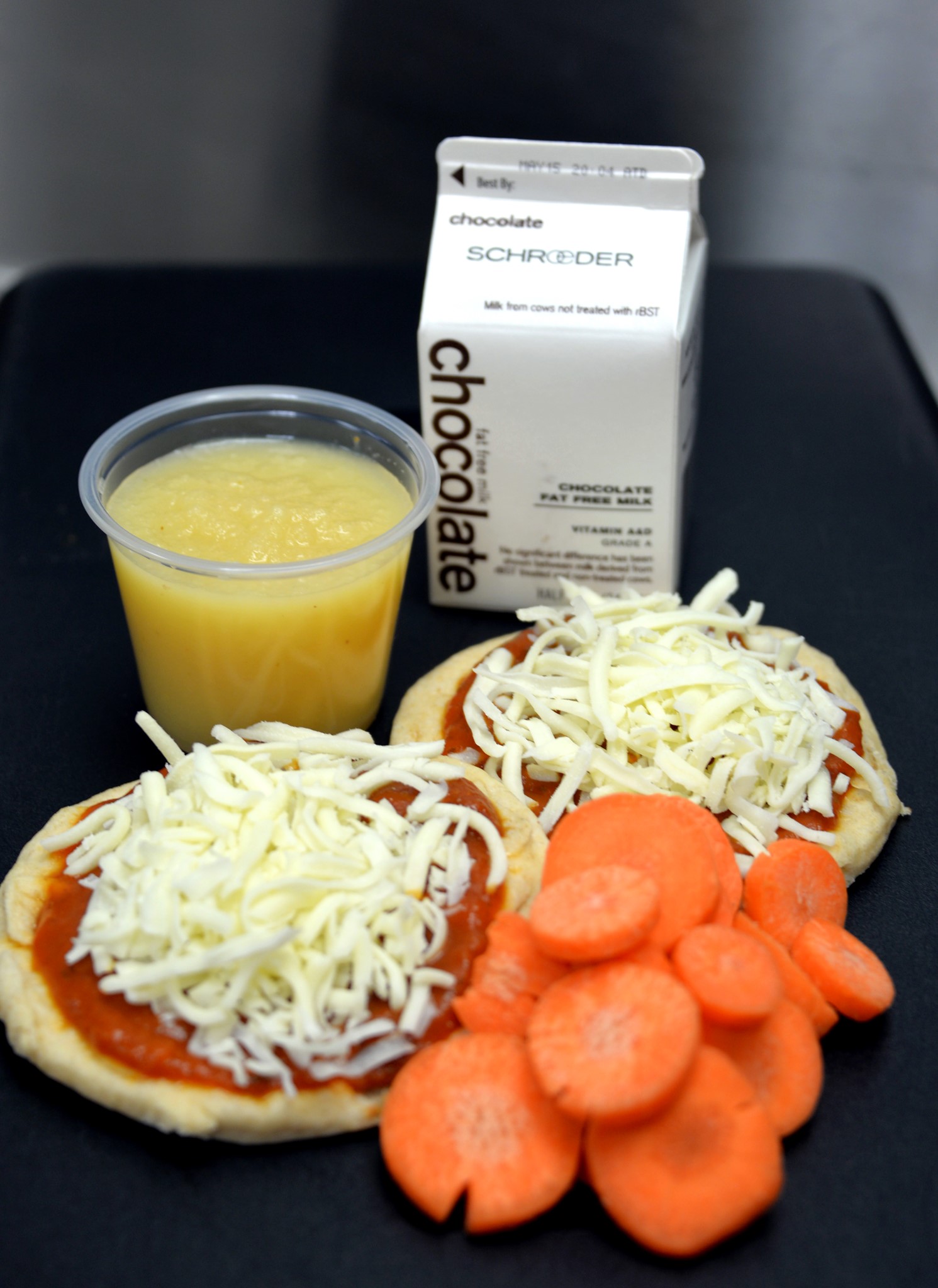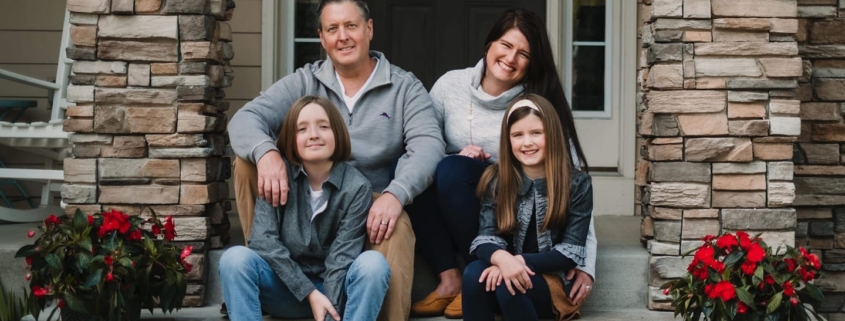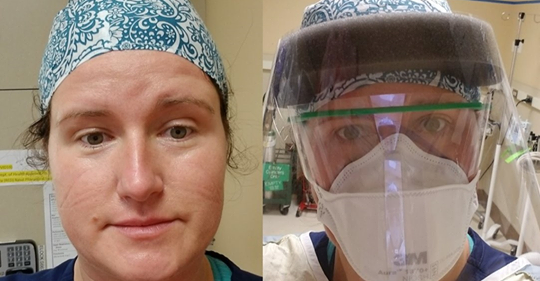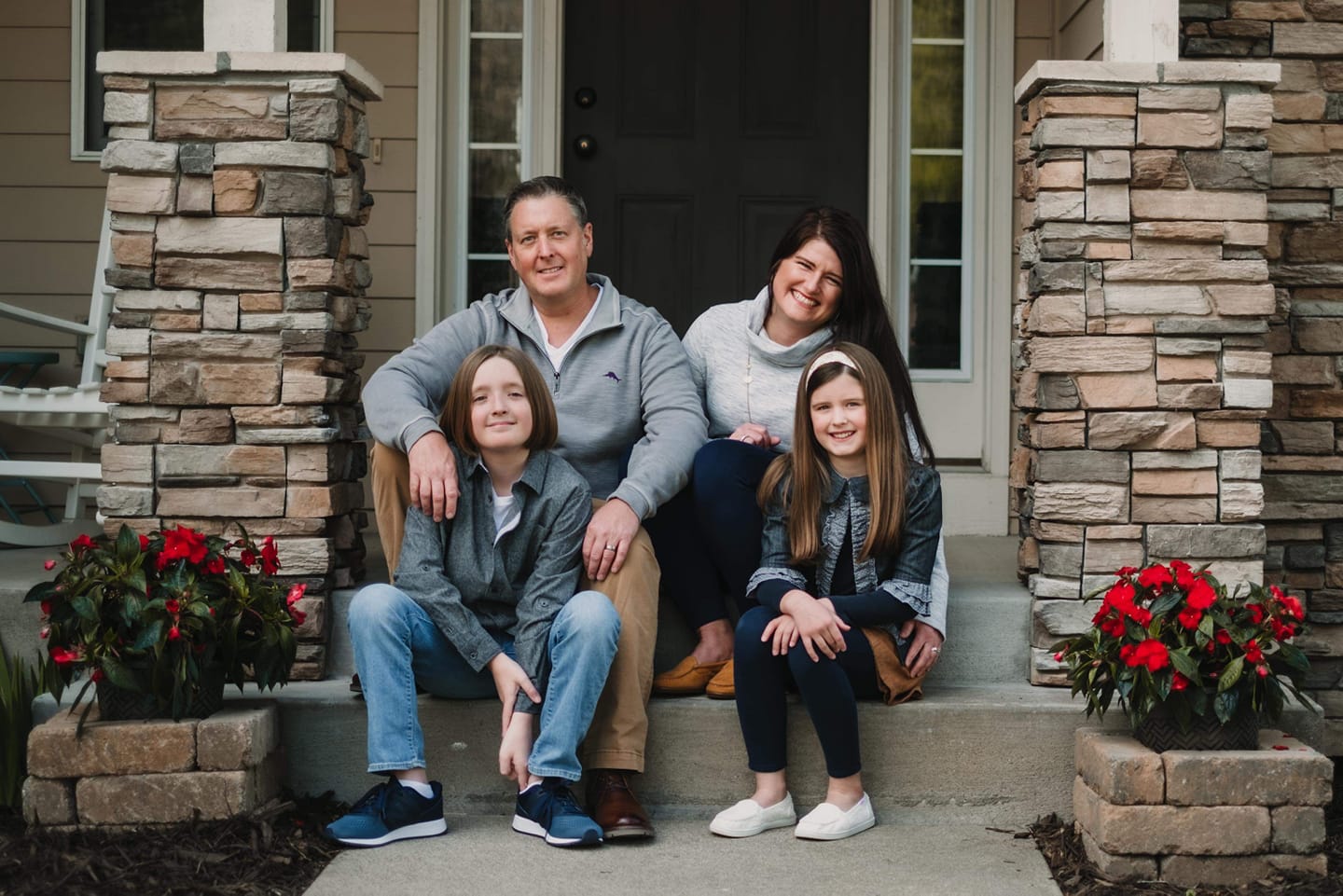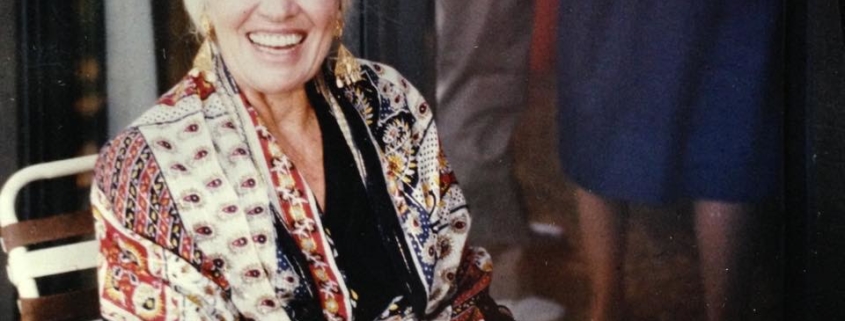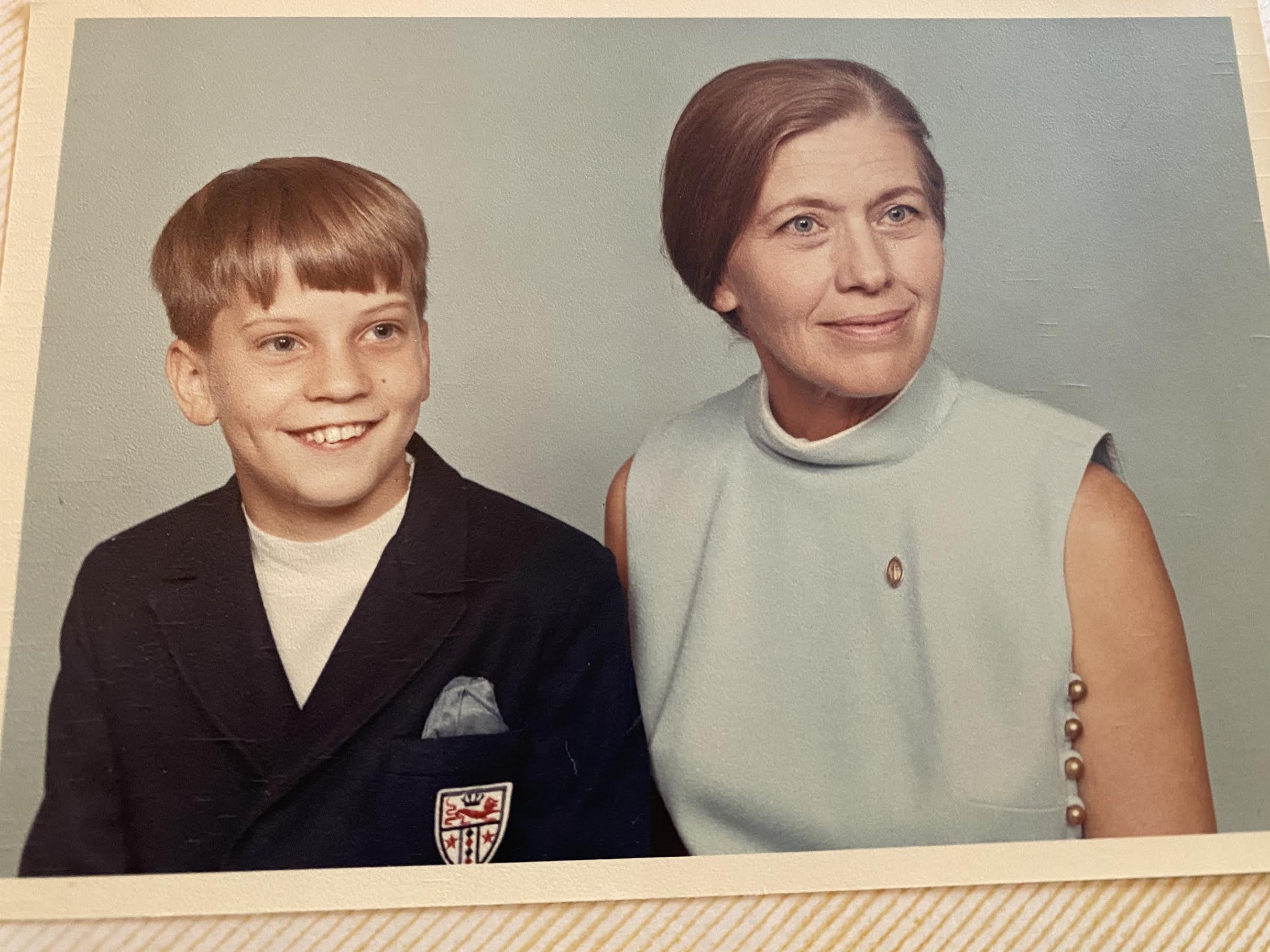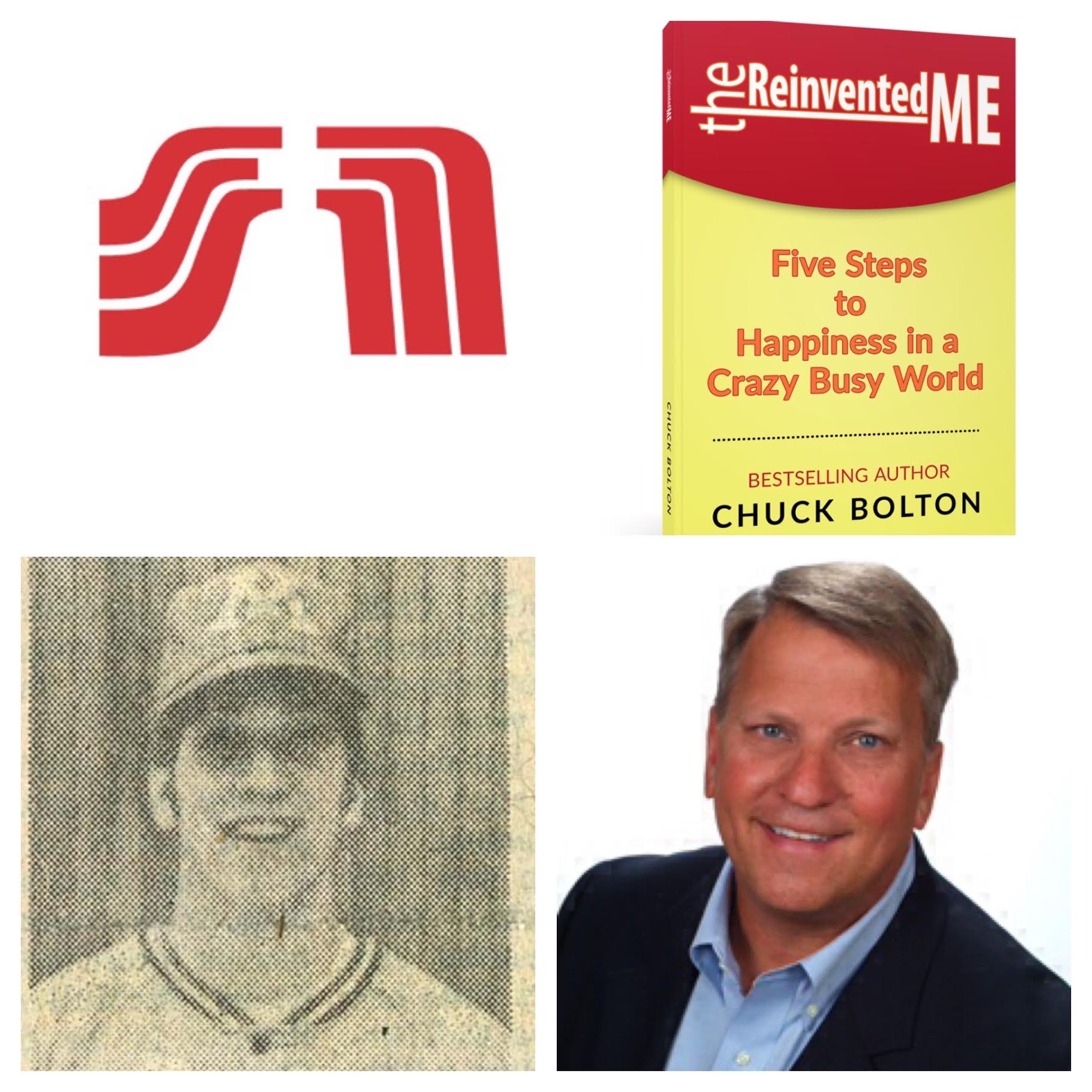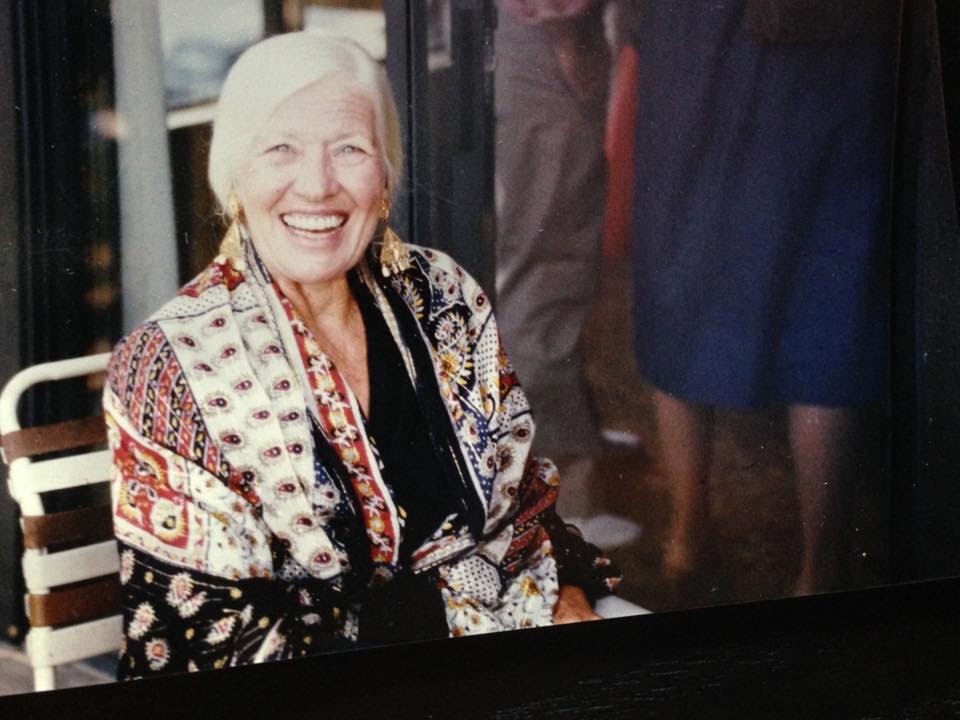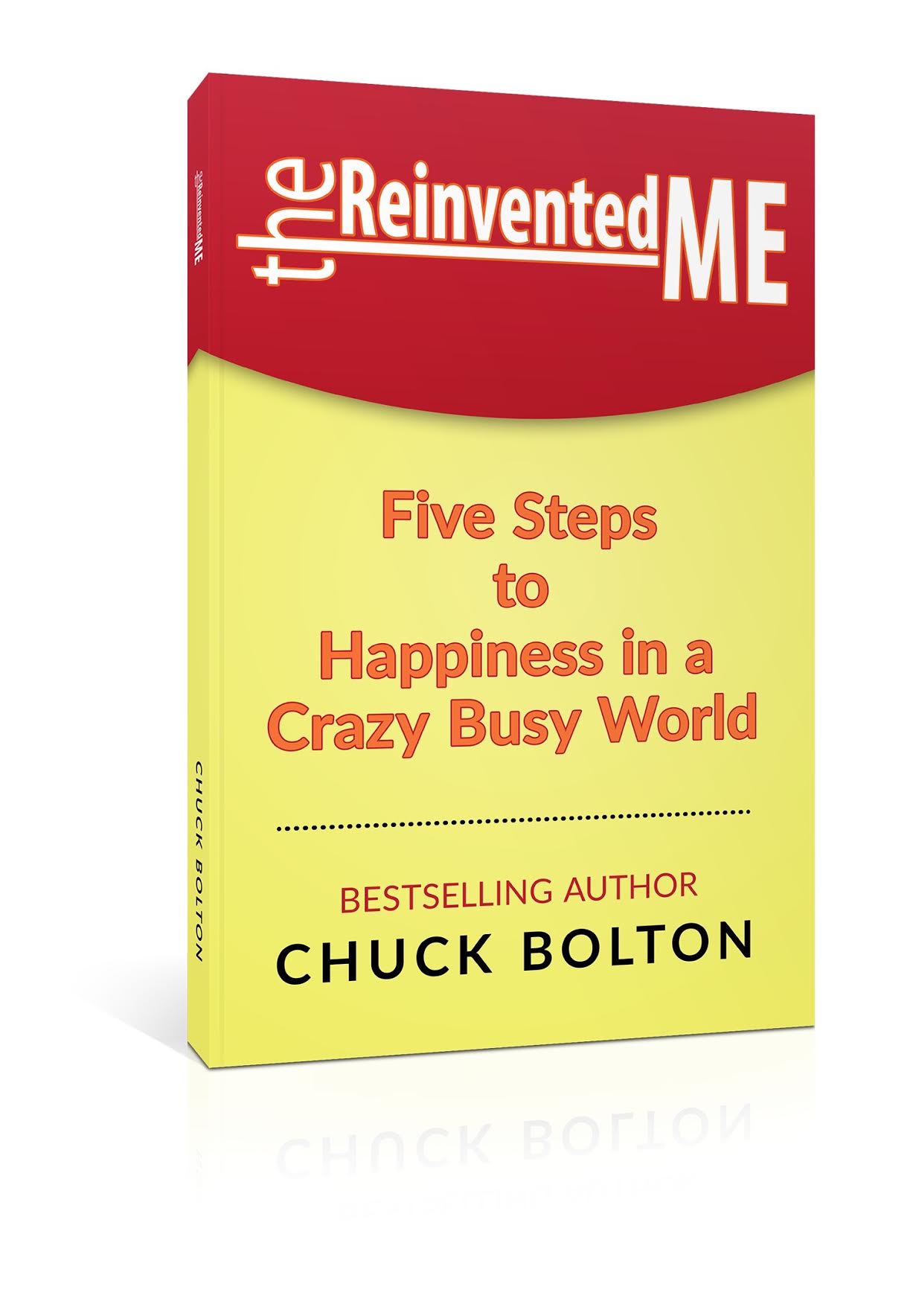The Volunteers at the Minneapolis Sanctuary Hotel – Creating an Impact During the COVID-19 and Racial Injustice Pandemics
One Momentous Night: Providing Housing and Safety for 200 People While Minneapolis Burned
There’s a remarkable story in Minneapolis that is emerging. On the chaotic night of May 29, when businesses were looted and buildings burned across the Twin Cities in the aftermath of protests of the murder of George Floyd by a Minneapolis police officer, a small group of community volunteers who worked collaboratively, paved the way for 200 homeless people to be housed at the former Sheraton Midtown Hotel, which had been closed earlier in the year.
It’s hard to imagine a more dangerous time for people in Minneapolis who are homeless. Caught in a COVID-19 pandemic, homeless shelters in the area are full and not accepting new people in need, in an effort to keep their current occupants safe from coronavirus. The demand for food from local food shelves and food insecurity fears have never been greater, due to the economic calamity that has resulted from shut down businesses and historic levels of unemployment. The options for the homeless are few.
In March, nearly 100 homeless created an encampment on a narrow swatch of land adjacent to Hiawatha Avenue, named “Camp Quarantine”, in a collective belief that camping outdoors was safer for avoiding the COVID-19 virus than being crowded in shelters. Now, that encampment was cleared by bulldozers and protestors and the national guard were advancing, in a night of fires, rubber bullets and tear gas and an impending curfew. It was a horrifying situation for those displaced.
In February 2020, shortly after the Sheraton Midtown Hotel at Chicago Avenue and E. 29th St closed its doors, local real estate and hotel investor Jay Patel came forward to purchase the property for $8 million. Patel had plans to rebrand the 136-room hotel and open later in the year.
In May, with many local hotels shuttered or operating with high vacancy, a Minneapolis city council member and some community organizations approached Patel, requesting he open the hotel to homeless people who had been displaced along Lake Street. He agreed.
The volunteers sprang into action. Comprised of people with backgrounds in medicine, public health, social work, mental health, housing, media relations and other areas – and with no designated leader – this small group of dedicated volunteers worked around the clock during the riots. Getting the word out to the homeless, reaching out to those who could volunteer food and medical supplies, they transformed the hotel into a one-of-a-kind shelter. Residents and volunteers guarded the property to prevent it from being set ablaze, as buildings and businesses were across the street to the west and north, just a mile north of where George Floyd took his last breath. They have named the property, the Minneapolis Sanctuary Hotel. A number of Patel’s staff work side-by-side with the volunteers and residents as they go through the daily paces of providing services, as a functioning hotel would.
A volunteer who preferred to go by “Ann”, not her real name, described the situation. “Within 24 hours, we had 200 homeless people here. We’ve got 150 on a wait list. There is such a huge need for housing. We provide masks. Residents have sanitizing responsibilities. Having rooms with running water and soap is such a huge step up from a tent city.”
Ann continued, “From a food standpoint, we are receiving donations of pre-cooked meals in individual portions. Food is coming in from a number of volunteer organizations and we greatly appreciate the meals for our residents.”
“Residents can pick up boxed meals from people serving them with masks and gloves in the dining room. They can eat there, outside or take it back to their rooms. We have cleaning and laundry crews who are keeping the shelter in good shape. We have staff that is providing wellness checks, first aid, mental health support and harm reduction services for addicts.”
She shared, “We are committed to ensuring this space serves the community and those who are homeless. We’re also checking out other hotels to expand this model to. We’re doing this in a truly horizontal way, there’s not one point person, we’re all just stepping into leadership and action as required. We’re a flat, horizontal organization. Our hope is that other communities will take notice and create Sanctuary Hotels of their own, inspired by our example.”
A group of volunteers who are operating with a shared purpose and creating an enormous impact in the midst of the COVID-19 pandemic, in the thick of the riots in the days following the death of George Floyd, to provide housing, healthcare and nutrition to society’s most vulnerable people – the homeless – in a vacant hotel when buildings were literally burning across the street. Thank you, volunteers of the Minneapolis Sanctuary Hotel.
With Hennepin County receiving $200 million in stimulus money from the federal government in April, earmarked for use by December 31 to address needs stemming from the COVID-19 crisis or to be returned, wouldn’t the purchase of the Minneapolis Sanctuary Hotel, and perhaps other hotels, dedicated to the needs of the homeless, be an impactful investment? That’s a surefire way for government and the community to work together to tackle the vexing problem of growing homelessness in Minneapolis and Hennepin County. If you agree, contact your Hennepin County commissioner and request they support the county’s purchase of hotels for the homeless. https://www.hennepin.us/your-government/leadership/find-commissioner
The following is a press release distributed on June 6, 2020 by the volunteers of the Minneapolis Sanctuary Hotel with additional information:
“Never doubt that a small group of thoughtful, committed, citizens can change the world. Indeed, it is the only thing that ever has.” Margaret Mead
In Wake of Protests, Community Opens Sanctuary Hotel in Minneapolis
Minneapolis, MN — An estimated 200 displaced and unsheltered people have turned a south Minneapolis hotel into a sanctuary in the memory of former shelter worker George Floyd.
The push to move into the hotel came as the city mandated curfew began on Friday (May 29) when armored vehicles and national guard troops advanced on Hiawatha Avenue where an encampment of people experiencing homelessness had just been cleared, less than a mile from the epicenter of the protests. With shelters full and limited options offered by the state, people found refuge in a former Sheraton hotel on Lake Street and Chicago. Throughout the night, people came in with stories of terror from police and other white supremacists. The National Guard shot rubber bullets at community members who stood in front of the hotel to protect it as many of the surrounding buildings burned.
When the hotel owners evacuated guests the next day, the community worked with them to keep the building open and have now turned the hotel into a sanctuary for people without housing. With the support of the owners, the community is now managing the facility with crews providing meals, first aid and harm reduction support, and housekeeping services.
All available rooms have been filled at this time, but community members are seeking more hotels to serve a growing wait-list of the hundreds of people who remain unsheltered. The metro has been under increasing pressure to provide housing for all people during the pandemic, but instead they have bulldozed tents and cleared encampments in violation of CDC guidelines. On a given night, the Wilder Foundation has found that more than 700 people in Hennepin County and nearly 20,000 people in Minnesota experience homelessness while there are around 80,000 hotel rooms available in the state.
This sanctuary is working towards offering reparations and repatriating a piece of Dakota land by turning this hotel into housing for predominantly Black and Native community members in need. A conversation is ongoing with owners of the hotel and other stakeholders to find a solution to support the sustainability of this Sanctuary over the long term.
For those looking to support this work, the Sanctuary encourages others to follow this model and set up community-driven sanctuary shelters across the nation.
Abu Bakr, a sanctuary resident who was living in his car before the protests says, “This building represents a better chance for people. A place for people to call their own. Even for them to be able to come in, sit down and have a drink of water. It’s a place to take refuge. Here we are grateful for George Floyd, we understand that it was his life that made this reality possible.”
Rosemary Fister, a Minneapolis community organizer says, “George Floyd was a shelter worker. He worked at the largest homeless shelter in Minneapolis. He supported and advocated for people experiencing homelessness while he was alive, and this will be a part of his legacy.”
Learn more at sanctuaryhotel.org. For donations, please visit gofundme.com/f/sanctuaryhotel. For ongoing updates, please follow our Facebook page at Minneapolis Sanctuary Hotel.
